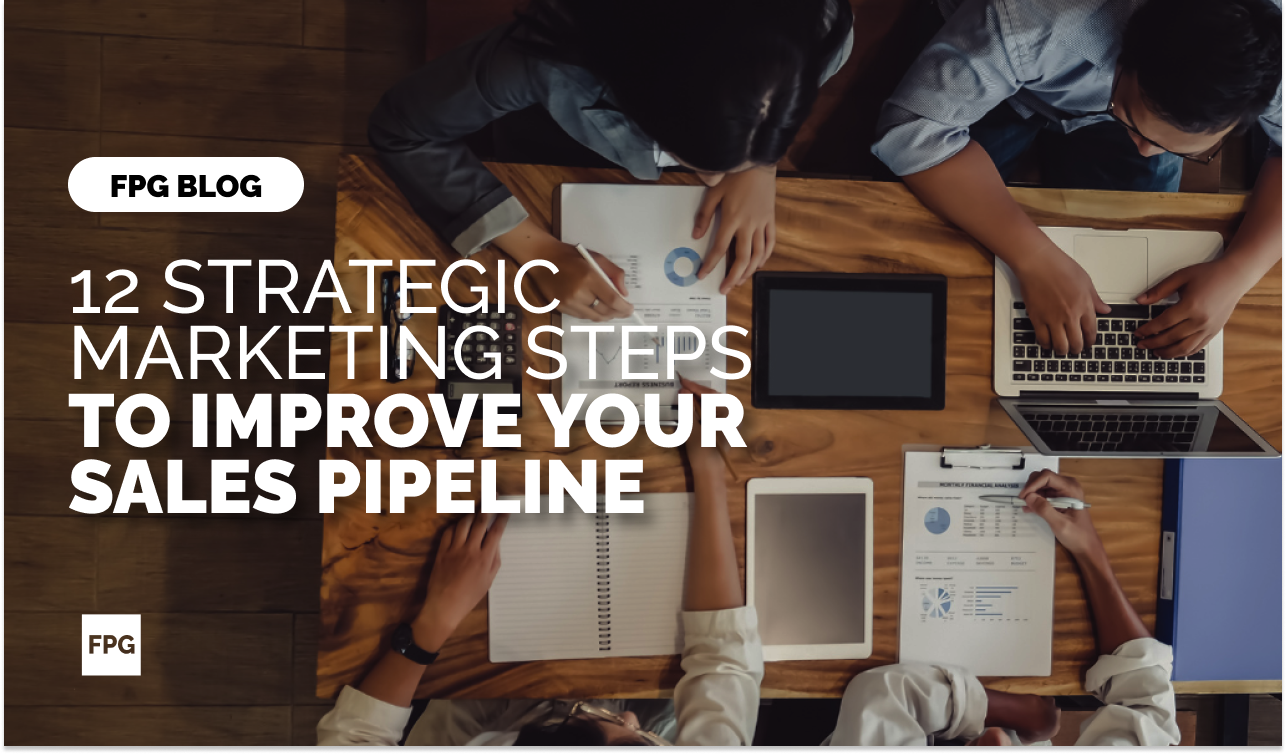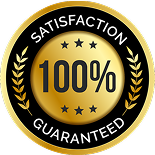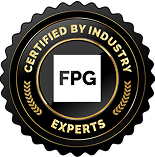In today’s competitive business environment, the alignment between marketing and sales has never been more crucial. Marketing strategies not only set the stage for how potential customers perceive a brand, but they also play a pivotal role in driving the efficiency of the sales pipeline. By integrating strategic messaging and leveraging digital tools, businesses can attract highly qualified leads, ultimately enhancing their conversion rates and accelerating revenue growth. This guide explores twelve strategic steps to synergize marketing and sales efforts, ensuring a seamless customer journey from initial contact to final sale.
Table of Contents
- 1. Define Your Brand Narrative
- 2. Targeted Messaging
- 3. Content Marketing
- 4. Utilize SEO and SEM
- 5. Leverage Social Media Platforms
- 6. Implement Lead Scoring
- 7. Create a Seamless Customer Journey
- 8. Align Sales and Marketing Goals
- 9. Feedback Loops and Adaptation
- 10. Training and Development
- 11. Use of CRM Systems
- 12. Analyze and Optimize
1. Define Your Brand Narrative
The journey to optimizing your sales pipeline begins with a clear brand narrative. Marketing plays a crucial role in defining what your brand stands for and the unique value it offers. By crafting a compelling story, companies position themselves effectively in a competitive market, creating a strong foundation for all sales activities.
2. Targeted Messaging
Marketing’s ability to segment and target the market is crucial. Developing tailored messages that resonate with specific demographics ensures that the sales team can engage with the most qualified leads. This strategic alignment between marketing efforts and sales targets is essential for efficient lead generation.
3. Content Marketing
In today’s digital landscape, content is king. High-quality, informative content not only attracts potential customers but also positions your company as a thought leader. This approach supports the sales team by building trust and credibility long before the first sales call is made.
4. Utilize SEO and SEM
Equally important, search engine optimization (SEO) and search marketing (SEM) are vital for increasing online visibility. By enhancing your digital presence, you capture the attention of potential customers actively searching for solutions that your business provides. This increases the quality and quantity of inbound leads.

5. Leverage Social Media Platforms
Social media platforms offer a powerful tool for engaging directly with potential customers. They allow for the dissemination of targeted marketing messages and the cultivation of a community around your brand. Effective social media strategies can significantly enhance lead quality by engaging users in a meaningful way.
6. Implement Lead Scoring
Lead scoring, a methodology used to rank prospects against a scale that represents the perceived value each lead represents to the organization, helps sales prioritize its efforts on leads most likely to convert. And then, marketing efforts can be fine-tuned based on the data derived from lead scoring, ensuring better resource allocation and higher conversion rates.
7. Create a Seamless Customer Journey
Nest, marketing materials should guide potential customers through a well-thought-out funnel that anticipates needs and addresses them proactively. This seamless journey from awareness to decision greatly aids in reducing the sales cycle and improving conversion rates.
8. Align Sales and Marketing Goals
Alignment between sales and marketing is critical. Regular meetings and shared metrics can help ensure that both departments are working toward the same goals. In addition, this alignment enhances the efficiency of the sales funnel by ensuring consistent messaging and optimal use of resources.

9. Feedback Loops and Adaptation
Feedback from the sales team is invaluable for refining marketing strategies. Therefore, by listening to sales feedback on customer interactions, marketing can adapt its strategies to better meet the needs of potential customers and refine targeting criteria.
10. Training and Development
Investing in training for both sales and marketing ensures that all team members are proficient in the latest digital marketing techniques and sales strategies. Moreover, this dual focus on development ensures that the team remains on the cutting edge, able to adapt to new challenges and opportunities.
11. Use of CRM Systems
Customer Relationship Management (CRM) systems play a pivotal role in aligning sales and marketing efforts. So, these systems provide a shared platform for tracking leads, customer interactions, and progress towards sales, ensuring that no opportunities slip through the cracks.
12. Analyze and Optimize
The final step in improving your sales pipeline is ongoing analysis and optimization. By continually analyzing performance data, marketing can identify successful strategies and areas for improvement. This iterative process ensures that your sales pipeline remains efficient and effective, driving sustained business growth.
Lastly, by embracing these strategic steps, companies can ensure that their marketing and sales teams are not just aligned, but synergistically engaged to maximize the sales pipeline’s efficiency and effectiveness. This holistic approach not only enhances lead quality but also boosts conversion rates, ultimately leading to increased revenue and business growth for digital marketing business owners.
Optimize Your Sales Pipeline
Discover the power of specialized sales training programs designed to equip your team with the cutting-edge skills necessary for success. so, don’t miss the opportunity to empower your sales professionals and achieve your business goals. Reach out to us today to empower your sales professionals and achieve your business goals with industry-leading training.
Ready to revolutionize your sales team?
Elevate your recruitment, training, and leadership with our expert guidance. Say goodbye to stagnant sales and hello to unprecedented success! Book a Meeting today and take the first step towards dominating your market!











